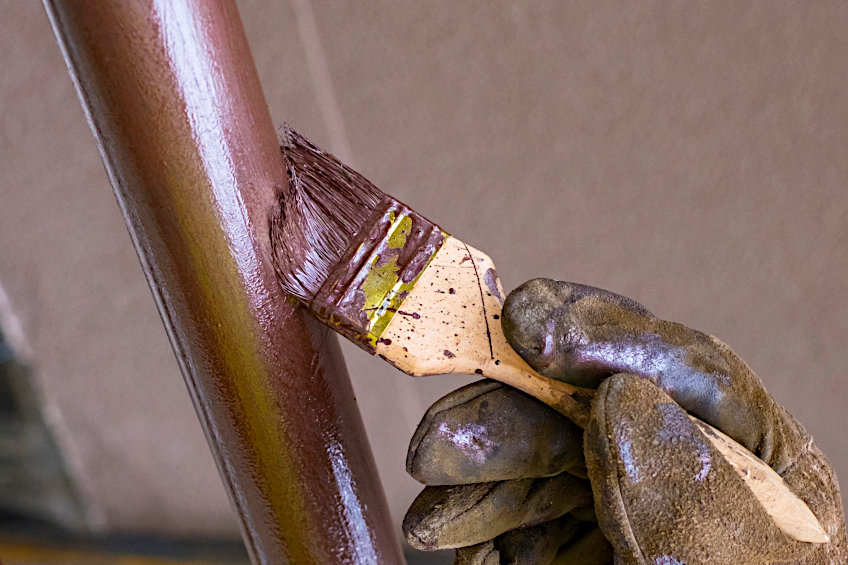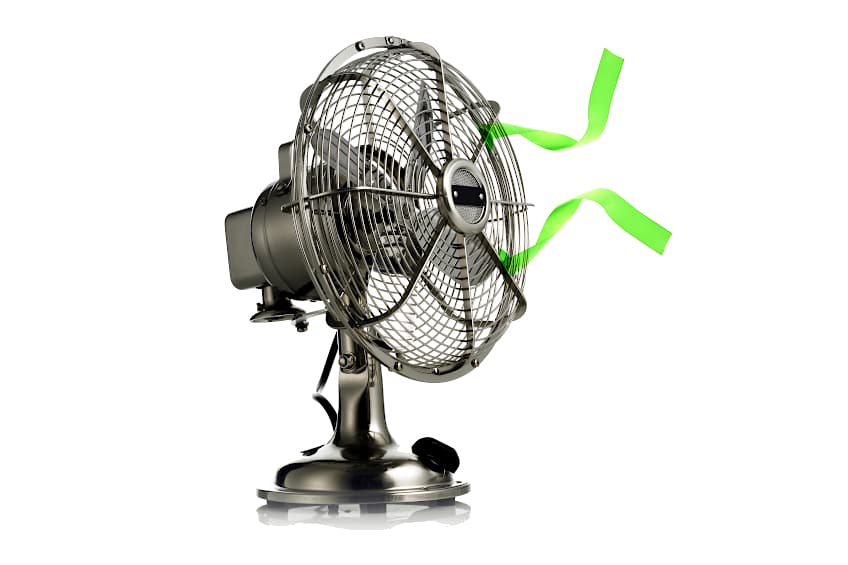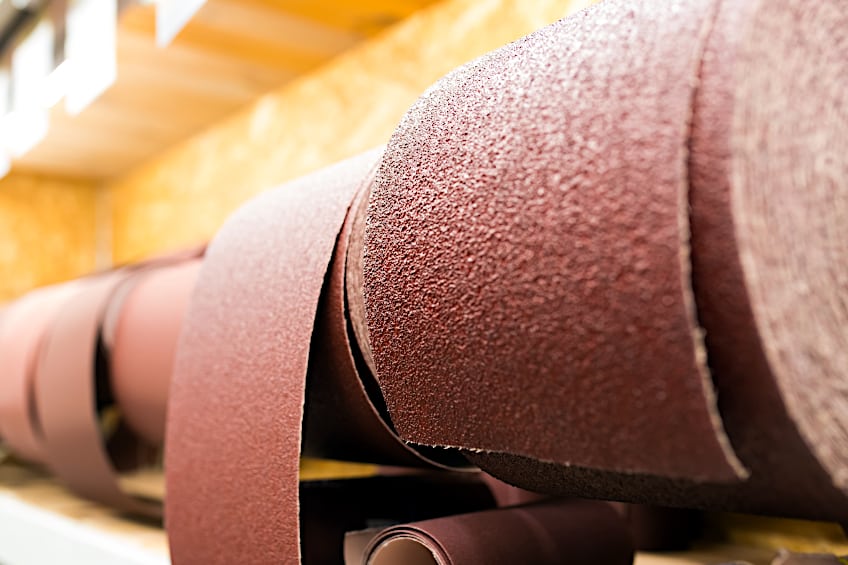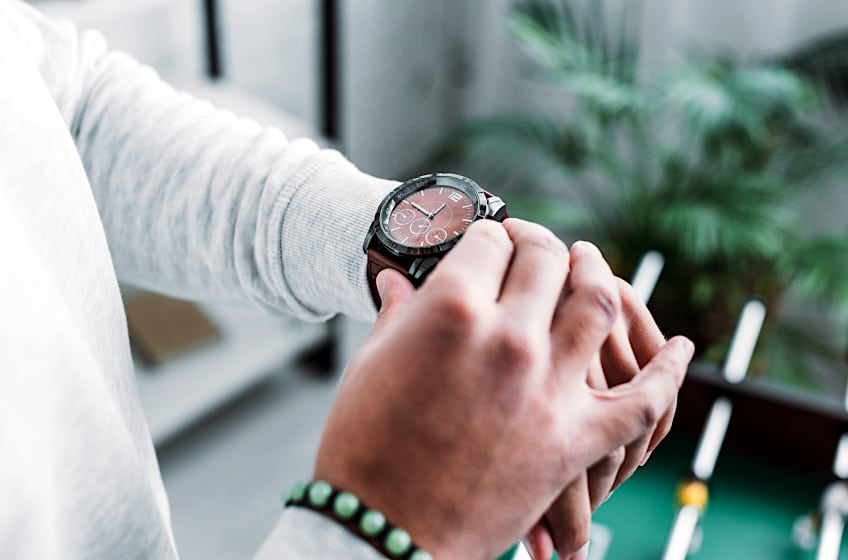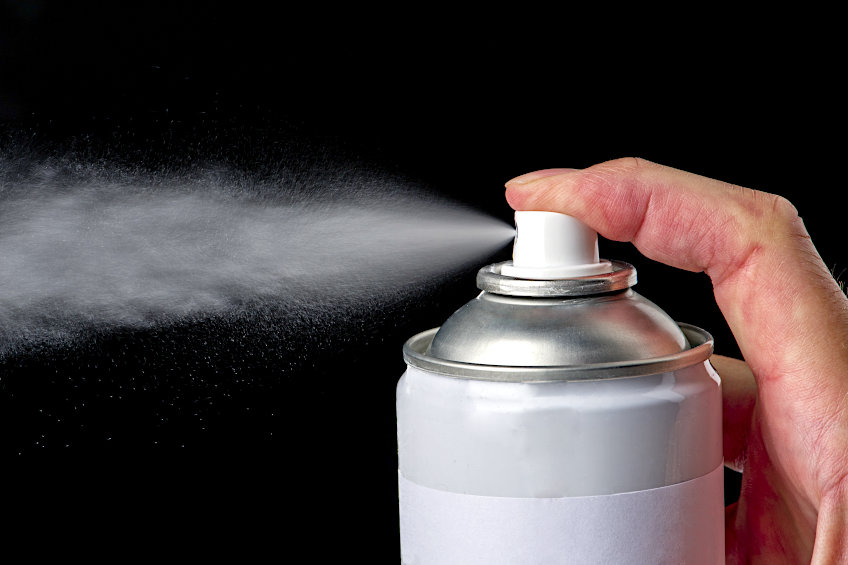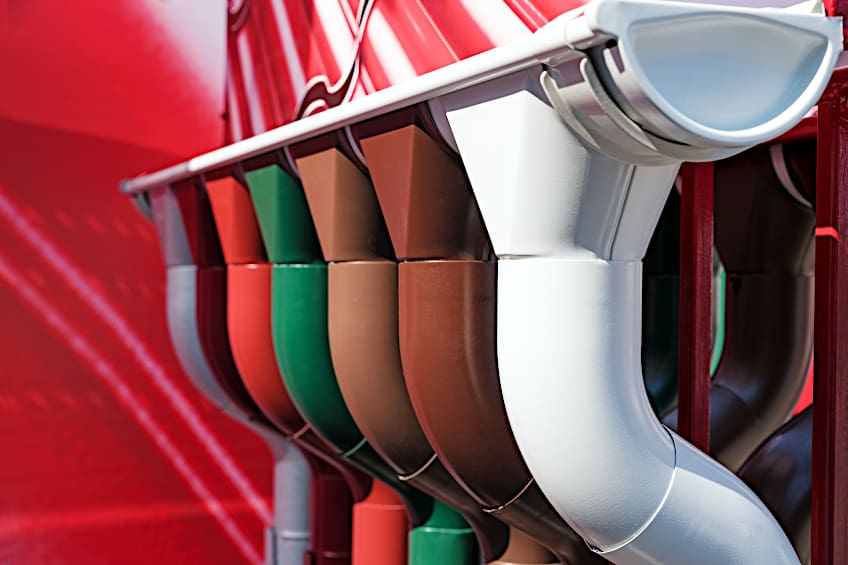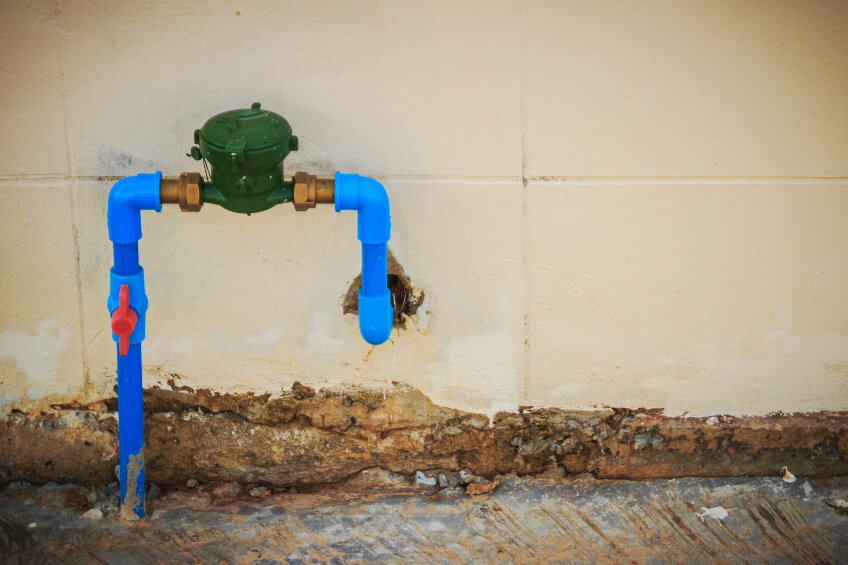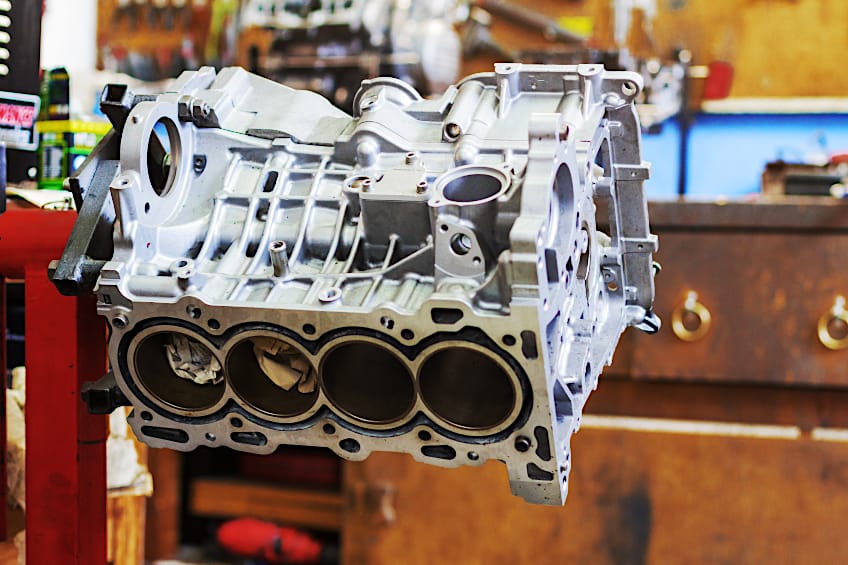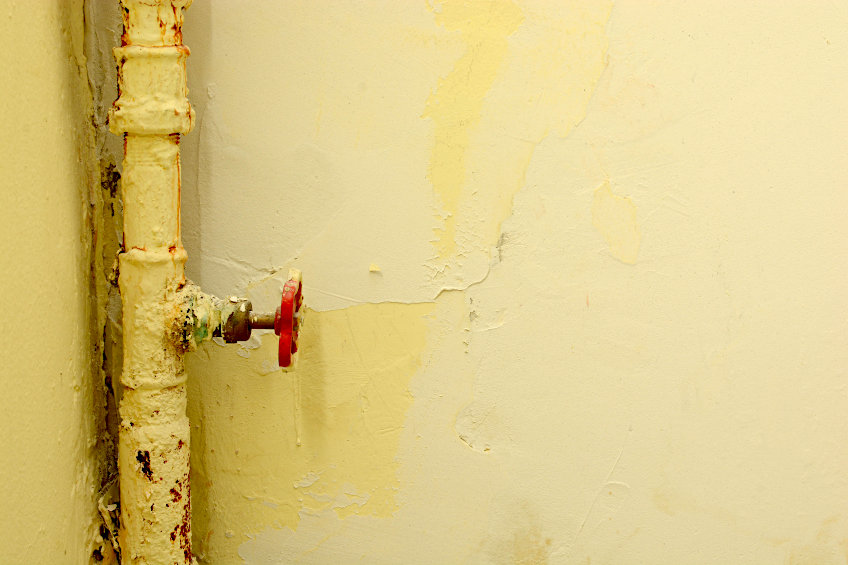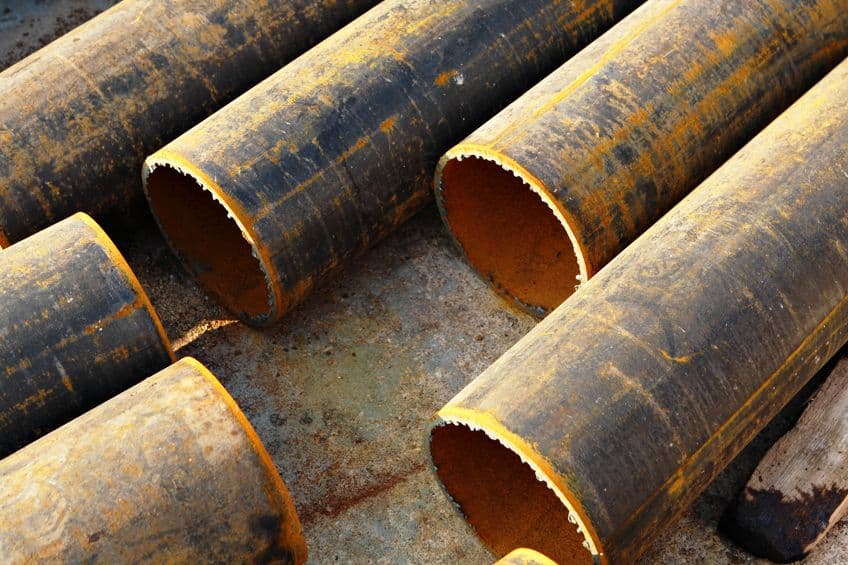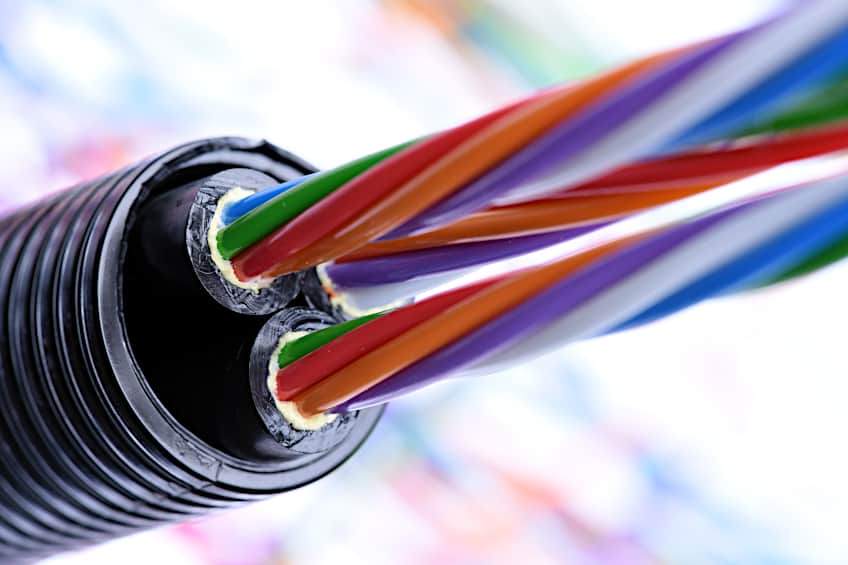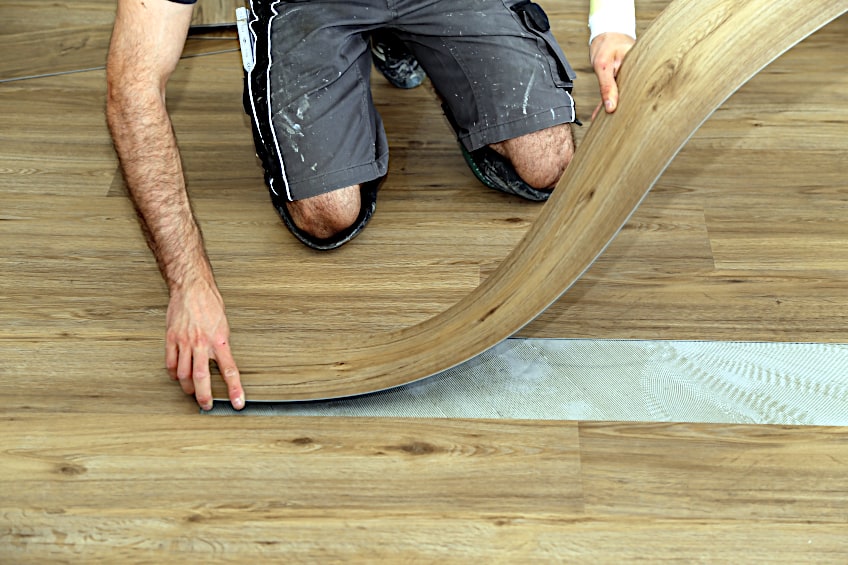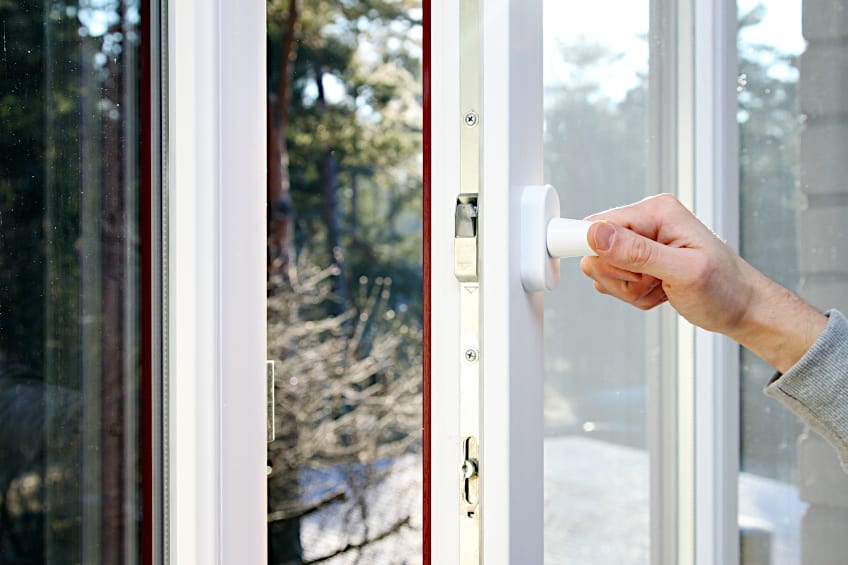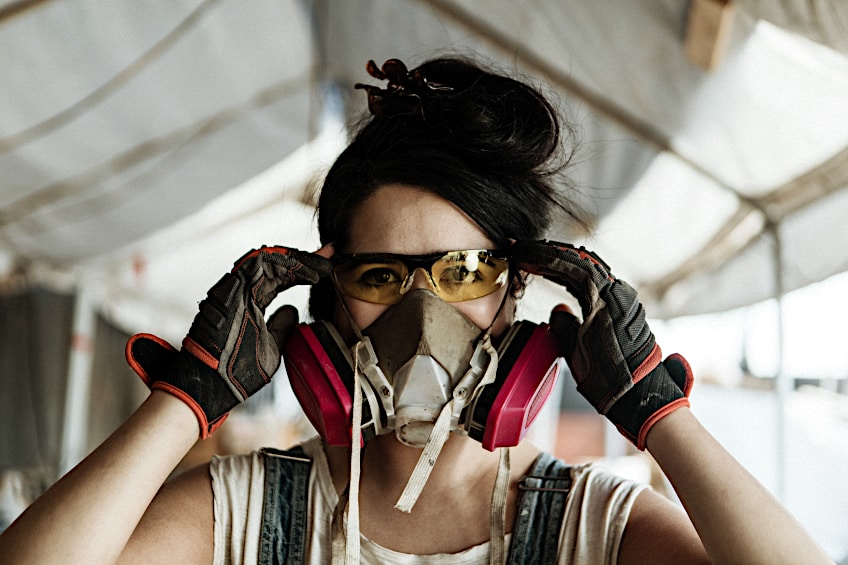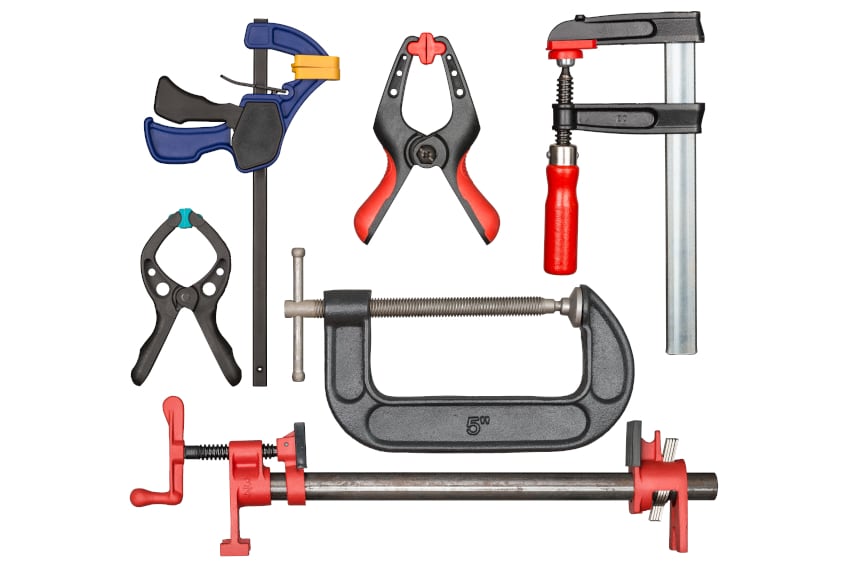How to Paint PVC – Guide for Preparing and Painting Polyvinyl
This post may contain affiliate links. We may earn a small commission from purchases made through them, at no additional cost to you. You help to support resin-expert.com
PVC piping is easy to use, inexpensive, and very versatile. It can be a bit challenging to paint though, especially since it’s designed to displace any moisture-rich substance that that it comes into contact with. This is what makes it excellent for plumbing, but it can be quite frustrating if you are trying to change its color. Below we have created a quick tutorial detailing how to paint PVC pipe, and why it can be challenging to begin with.
Table of Contents
How to Paint PVC Pipe
Painting PVC pipe is actually quite easy once you understand what steps need to be taken during the preparation process and how the material responds to certain substances. To shorten the learning curve you can follow the simple steps listed below to ensure you have the best experience possible when painting PVC pipe. Here are a few things you will need to get started:
- Sandpaper (220-grit)
- Acetone
- Rubber gloves
- Face mask
- Plastic-rated spray paint
- Acetone
- A clean cloth
- Drop cloth
Prepare Your Workspace
When painting PVC you want to ensure that your workspace has as little humidity as possible, so if you live in a fairly humid area pick a nice day with a temperature range between 85 and 50 degrees Fahrenheit.
Humidity tends to disturb the paint’s ability to dry and adhere to PVC, so you might want to get your hands on a dehumidifier if conditions aren’t ideal.
Once you have the ideal atmospheric conditions in your workspace it is time to ensure you have enough airflow. Since you are working with acetone you want a constant flow of air both in and out of your workspace, as a buildup of acetone fumes in your immediate environment can displace oxygen. Keep in mind that acetone is also highly flammable, so do not bring open flames in the vicinity of your workspace.
Finally, you want to protect your workspace and surrounding objects from potential splatter. Lay down a tarp on your flooring, walls, workbench, and any other surface that could potentially get paint on it. Be sure to secure your tarps and drop cloths with some painter’s tape to prevent them from moving or blowing away during the painting process.
Sand Your PVC Pipe Well
Once you have ensured your workspace is prepared you should begin preparing the surface of your pipe. Sanding is the first step, stripping away the smooth surface of the PVP piping to create enough surface friction for the paint to adhere. This is where your 220-grit sandpaper comes into play, use it to make a roughed-up, even surface on your PVP pipe.
Do not sand in a single direction as this will create striations on the surface of the pipe causing the surface to become even more uneven. The best technique in this instance is to sand in a circular motion, creating an omnidirectional pattern that will both allow the paint to adhere to the surface of your workpiece and keep the surface relatively flush.
Sanding PVC piping can be tricky. When rubbed with sandpaper, PVC particles create a kind of wax that can gunk up your sandpaper, causing it to lose its roughness.
To remedy this, have a lot of sandpaper on hand to ensure that you always have a fresh piece ready when your current one loses its roughness. Repeat this process until your PVC pipe is evenly sanded and ready for the next step.
Clean Your PVC Pipe
Once your pipe has been sanded you will need to clean it. The best way to ensure your PVC pipe is well-cleaned is to use some acetone. When using acetone, it’s important to exercise the utmost safety as even though it isn’t acidic, it can be quite hazardous.
The first thing you should do is put on your gloves and face mask, and then ensure your workspace has adequate airflow.
Once you are ready, get some acetone on a clean cloth and begin rubbing the surface of your PVC piping thoroughly. You can use the same technique you applied when sanding the pipe, making circular motions on the pipe’s surface to ensure even application of your acetone.
Rub the entire pipe well, being careful not to forget the edges or any other sections that will be painted.
This process removes any lingering PVC wax particles while also acting as a sort of primer for your paint. You might notice that your PVC pipe begins to “puff up” as the acetone sets into the surface, and this is quite normal as the pores in the plastic are expanding. Once your pipe has been cleaned allow the pipe to rest for about 30 minutes as the acetone evaporates and the pipe dries.
Paint Your PVC Pipe
Now that your pipe is nice and clean it’s finally time to paint it. If you are using spray paint, give your spray can a good shake to allow the heavier particles that have sunk to the bottom of the can to be reintroduced into the mixture. Once your can is good and ready, begin spraying your pipe by starting at one end and working your way toward the other.
Start by spraying slightly off the edge of the pipe with minimal trigger pressure, and then move your wrist in one smooth, quick motion across the surface of your pipe, increasing trigger pressure until you reach the other end.
You can repeat this motion across the rest of the pipe’s surface, allowing each “stripe” of paint to overlap with the next to achieve even coverage. You want to aim for thin stripes of paint that overlap with one another slightly. This will ensure you don’t have too much paint on the overlapping sections, which could cause your paint to run and drip. As we mentioned during the cleaning process, don’t forget to pay attention to the edges of your pipe as it might make the coating look uneven.
Applying Additional Coats of Paint
When applying additional coats of paint, you need to allow the initial coat to dry, usually around 20 to 30 minutes or as recommended by the manufacturer. If you are painting with a brush, your paint layer will be thicker, so it may take even longer to dry. Once the paint has dried use the same technique you initially used to apply your new coat, but instead of overlapping stripes of paint spray them as closely together as possible to avoid some areas being darker than others.
There is no “right” number of coats to apply, as paint quality can vary considerably depending on brand and price range.
You should aim to add as many coats as you need, ensuring that your PVP pipe has an even coat of paint that really brings out the intended hue of the paint. Once you are happy with your paint job, allow your pipe to dry completely as indicated by the manufacturer.
Ensure Your PVC Pipe Is Ready for Use
Drying time can also vary according to paint type and manufacturer, but generally, most pipes should be ready for installation and use after 24 hours. However, if your pipe will be used in a robust application (where it might be scraped or dented over time) then we recommend allowing your paint to sit and cure for around a week.
A simple touch test should indicate whether your paint is dry enough for use. If you are still unsure about how long your paint needs to dry before your piping can be installed, try contacting the manufacturer or simply referring to the packaging for drying times.
Once your PVC pipe has been installed, you can maintain and clean it by simply wiping it down with some water and a cloth.
Why Would You Need to Paint PVC Pipe?
Now you might be asking yourself, why would you even need to paint PVC piping? After all, piping is normally installed behind a wet wall, or underground where it cannot be seen. There are actually a few reasons you might find yourself needing to paint PVC piping, and we’ve listed a few of them below to make things a bit clearer.
Crafting Applications
PVC piping has a number of applications outside of plumbing. It is often used to create installation art pieces, children’s toys, and even bird feeders! However, the default colors may not suit every project, which is why many crafters often choose to paint their creations to breathe a bit of life into both the workpiece and the environment they’re situated in.
Identification
You might find yourself in a position where you have multiple PVC pipes that fulfill different functions.
For example, you might have a supply pipe and drainage pipe installed amongst other pipes.
In this instance, painting your supply and drainage pipes in different colors to set them apart from the surrounding plumbing could make tasks like maintenance and replacement far easier.
Exposed Plumbing
Sometimes, it’s very challenging to hide plumbing. In these cases, you have the choice of either leaving the plumbing as is (which can be quite distracting) or you can change its color to match its immediate surroundings. Not only does this make the exposed plumbing less of an eyesore, but it also means you don’t have to come up with some intricate solution to hide it.
Protective Measures
While PVC is known for its strength and longevity, it is not impervious to external forces. Things like extreme heat and cold can affect PVC piping, be it less so than metal piping.
Some paints can protect PVC piping from these forces, so painting your pipes might be an easier solution when compared to fabricating and installing shielding for them.
What Is the Best Paint for PVC Pipes?
Knowing how to paint PVC pipes is great, but what paint should you use? PVC piping is a type of plastic; therefore, you should use a paint type graded for use with plastics. The paint should adhere well and be able to withstand the forces acting on the pipe once it’s installed. To save you an internet search, we’ve created a list of the best paint for PVC pipes and why they work.
Acrylic-Based Paint
Acrylic paint consists of pigment suspended in acrylic polymer. Acrylic paint is often used to paint plastic surfaces because of the way it hugs the surface, but it’s rarely the first choice when it comes to painting PVC. When acrylic paint is used on PVC pipes the surface will need to be prepared by both sanding the surface and using an acrylic primer, in addition to the acetone wash.
Acrylic paint has many helpful characteristics, especially in robust applications.
It is fairly resistant to the effects of impact, abrasion, heat, and even moisture. That means that your pipes (and their contents) will have an extra layer of protection, and thanks to the wide variety of colors this paint type offers, it will look great too!
Enamel-Based Paint
Enamel-based paints consist of resins, oils, petroleum spirits, and lead. Enamel paints are an excellent choice when it comes to paint for PVC because they adhere particularly well to the material, and they are one of the most robust paint types on the market. They are often used in applications where the workpiece will be under a lot of stress from various forces, such as vehicle engine components.
This durability makes enamel paint the ideal coating for pipes, whether in an enclosed or exposed setting. Enamel paints are resistant to the effects of acid, moisture, heat, impact, and abrasion. Your pipes will be well protected, and since enamel paints are available in vinyl, matt, vinyl satin, and vinyl silk finishes, you’ll be spoilt for choice aesthetically.
Polyurethane-Based Paint
Polyurethane-based paints are another popular choice when it comes to paint for PVC pipes. Polyurethane (or PU for short) consists of polyols and both di and tri-isocyanates combined with pigments.
This paint type can adhere to PVC when applied on top of a water-based primer and will likely last the lifetime of your piping if maintained correctly.
Polyurethane-based paints can be a bit expensive, so they aren’t quite as accessible when compared to some of the paint types we mentioned previously. However, they do produce a strong color and are resistant to virtually any force your pipes might encounter including impact, abrasion, heat, moisture, and even mold!
When Should You Paint PVC Pipes?
PVP pipes notoriously require little to no maintenance, but there are a couple of signs you can look out for that indicate your PVC pipes need maintenance. To ensure you know when to paint your PVP pipes we’ve created a list of signs you can look out for that indicate your pipes might need a new coat of paint in the near future.
Your Existing Paint Is Flaking
If your existing paint happens to be flaking it’s usually a good indicator that you need a new coat of paint on your workpiece. Paint tends to lose its adhesion over time, especially if it’s under a lot of stress. In this case, you would need to remove your existing coat of paint, resurface your PVC pipes, and repaint the pipes.
You Have Cracks in Your Paint
Even if your paint is not flaking, you should remove the existing paint if there are noticeably deep cracks in the surface. This might not initially cause your paint to peel away but cracks can be infiltrated by moisture and heat that will eventually cause the paint to lift and peel away over time, so it’s best to get ahead of the problem.
Your Pipes Need Additional Protection
PVC pipes are capable of lasting (quite literally) a century under ideal conditions.
However, harsh external forces like heat and consistent abrasion can weaken your pipes over time, especially if they are exposed.
Painting PVC pipe pieces can drastically increase your pipe’s longevity and offer it an extra layer of protection and insulation throughout its life.
Your Pipes Are Looking Worse for Wear
While this definitely doesn’t mean that you need to repaint your pipes, it is certainly a good reason to. This is particularly true if your pipes are exposed where you and visitors can see them.
As discussed earlier, painting PVC pipes doesn’t take much effort, and the benefits far outweigh the effort and tools needed to get the job done.
Different Types of PVC and Its Applications
In case you didn’t know, PVC is short for Polyvinyl Chloride. This material is used to make many different products in various industries all over the world and is widely considered to be one of the most versatile materials on the face of the planet. To give you an idea of just how useful PVC is, we’ve prepared a short list of common items made with PVC.
Cable Insulation
Pipes transfer water to where it is needed much the same way that wires transfer electricity. However, wires need to be insulated for both safety and functionality so PVC is used as a non-conductive coating on many wires. PVC can be found on power cables, headphone cords, and even internal wires inside computers!
Packaging
PVC is used to make extremely sturdy packaging for many products and can be found in virtually every industry in one capacity or another. However, since PVC is not biodegradable many companies are moving away from PVC toward more environmentally sustainable packaging materials, which means you will likely see fewer products shipped and sold in PVC containers.
Flooring
That’s right, PVC can be used to make flooring for entire buildings. PVC flooring is especially durable as it needs to withstand a lot of foot traffic, making it the ideal flooring material in highly trafficked areas. PVC flooring is also much easier to keep clean compared to conventionally used materials, which has made it popular in service environments.
Blood Bags
If you’ve ever been the recipient of a blood transfusion (or seen one happen on television) you might have seen the clear bags the blood is stored in.
These bags are made of colorless PVC, allowing the blood to be safely stored and transferred with very little risk of it ever being punctured or spilled.
As you can see, the uses of PVC are virtually endless.
Window Frames
While you can use spray paint for PVC pipe pieces, you can also use it to spray other PVC-based infrastructure. Many modern homes in some parts of the world make use of PVC in the construction of window frames, which can also be sprayed because they’re made of PVC. These window frames are often just as durable and customizable as aluminum and wooden ones.
Safety When Working With PVC Pipes
When working with any materials, there are safety precautions you should take to avoid injury. PVC is fairly tame when it comes to safety precautions, but accidents can (and will) happen if you aren’t careful, so we’ve listed a few steps you can take to ensure you and everyone around you are safe when working with PVC.
Always Ensure You Wear a Respirator
PVC piping can be arranged in many ways thanks to the variety of joints, junctions, shapes, and bends available. However, should you find yourself needing to cut bits of piping you should ensure that you are wearing a face mask and gloves.
PVC splinters and particles can be incredibly sharp and are fully capable of piercing your skin.
In addition, PVC particle dust generated when cutting this material can be damaging your respiratory system if inhaled.
Ensure Your Workspace Is Well-Ventilated
We mentioned this previously, but it’s important to understand that while the acetone involved in cleaning PVC is just one reason to ensure adequate ventilation. PVC particles created when cutting pipes can be extremely fine and can cause serious harm if they were to enter your eyes, nose, mouth, and even your ears.
A well-ventilated workspace will ensure you and your workspace don’t get covered in particles.
Ensure Your Workpiece Is Secure
PVC pipes have a smooth surface, which means they can be quite slippery. Using clamps or a similarly secure mechanism to hold your workpiece in place, whether painting or cutting, will reduce the possibility of your workpiece jumping around while you work. This means you won’t have to worry about your pipe flying around your workpiece or splattering paint all over yourself.
And that’s how you can go about painting your PVC pipes. Remember to prepare your workpiece correctly, and to ensure that you have a paint that has been formulated for use on PVC plastic surfaces, as failing to do so can result in your paint not adhering to your workpiece. Remember that pipes are easier to paint when secured, and more importantly, have fun!
Frequently Asked Questions
Can You Spray Paint PVC Pipe?
If you can spray paint other types of plastics, can you spray paint PVC for pipe too? Yes, PVC pipe can be painted with the correct paint and the proper preparation. However, keep in mind that oil-based paints will not adhere to PVC piping or any other PVC purpose.
Can PVC Be Painted With Latex Paint?
Latex-based paint is used on a number of surfaces, but can PVC be painted with this type of paint? Unfortunately not, as latex-based paint primarily consists of water, which is a substance that doesn’t adhere very well to PVC. However, there are other paint types like Krylon and enamel-based paints that work very well.
What Paint Will Stick to PVC?
If you are wondering what paint will stick to PVC, there are many types available. Enamel paint, polyurethane paint, Krylon paint, and to a lesser extent, acrylic paint are capable of sticking well to PVC. Keep in mind that these paints require your workpiece to be properly prepared beforehand.


